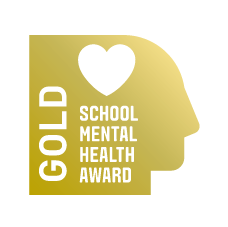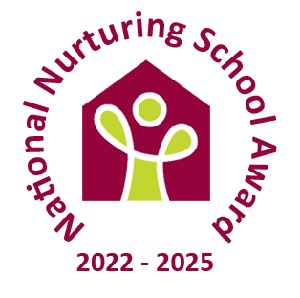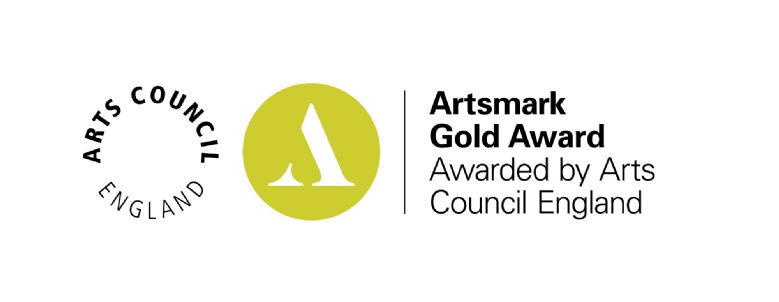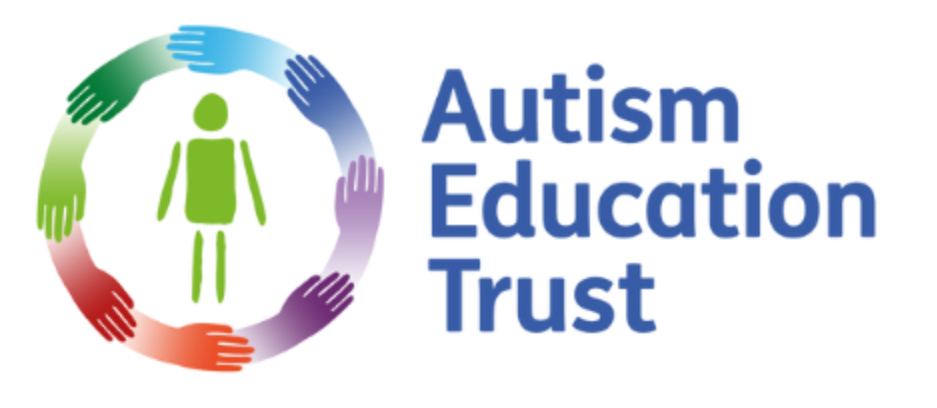Continuous Provision
“Play is the highest form of research”
Albert Einstein
What is continuous provision?
At Warden House, teachers working in EYFS, Year 1 and Year 2 use a continuous provision model to facilitate learning across the curriculum.
Continuous provision refers to the resources which are always available within the classroom for the children to access to continue their learning independently. The continuous provision within the setting remains consistent for long periods of time. Our environment allows for carefully planned and child led play-based experiences which inspire the children to consolidate their skills, knowledge and understanding and enables them to be independent, resilient learners who motivate themselves to take on the next challenge and push themselves to their limits.
Our vision
All children are enabled to become curious, inspired and independent. They have access to an irresistible environment where they think critically, are responsible for their learning and strengthen their resilience. All children will flourish and develop a life-long passion for learning.
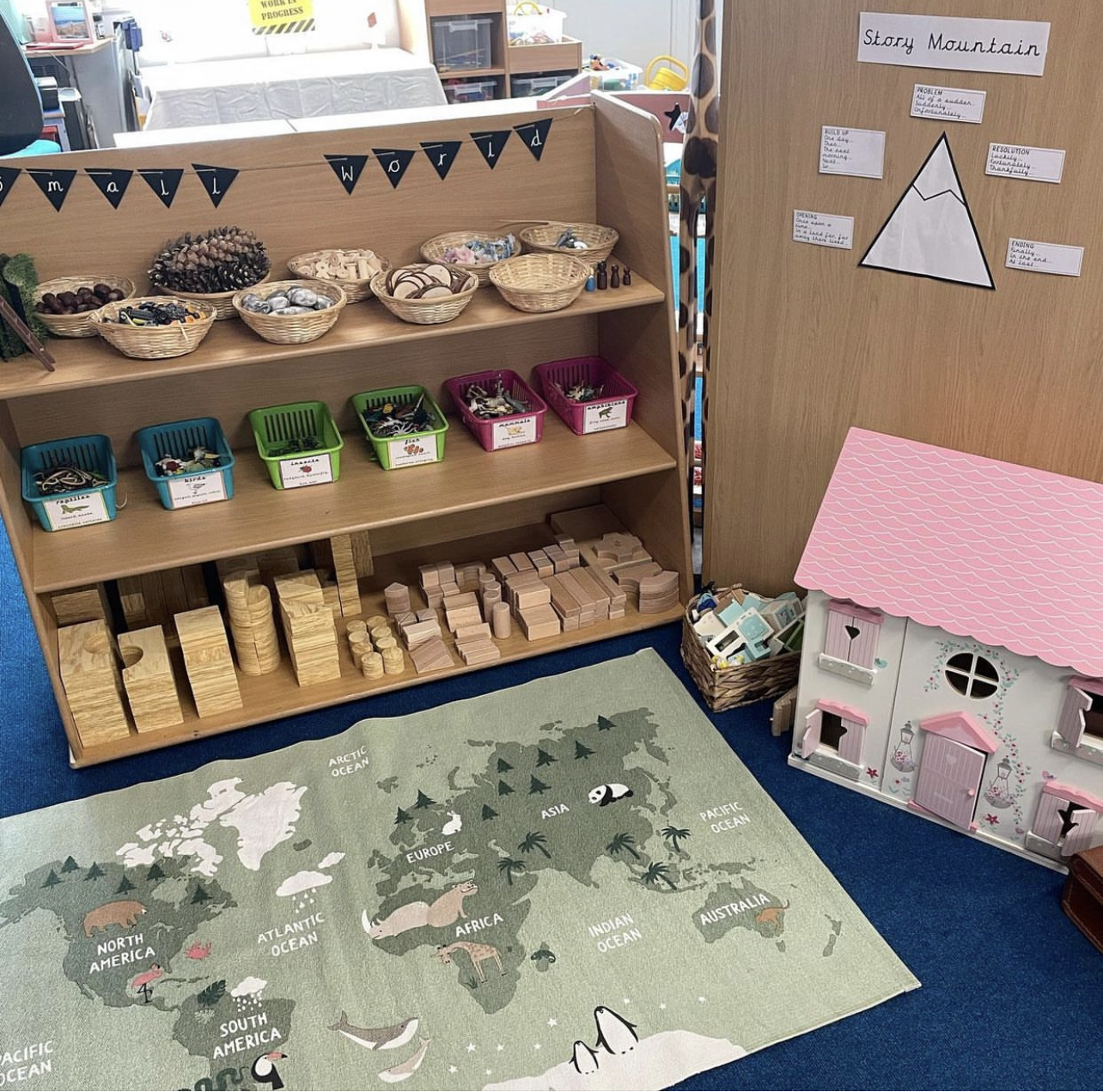
Intent
Our school experience and research tell us that young children learn best through play and exploration. ‘Play is absolutely essential to learning because it is learning.’ (Bottrill 2020) Historically we have had KS1 SATs results that exceed national averages (2019) and therefore we recognise that in changing our practice we have taken a risk regarding maintaining strong SATs results. Our belief is that ‘Adult led learning without child led learning privileges the children who relish the more formal situation.’ (Fisher, 2020) We have therefore built on our outstanding early years practice to provide children with independent play-based learning throughout KS1. We continually review our practice to ensure it is of the highest quality and that children are being given the best possible opportunities to maintain high levels of progress and achievement.
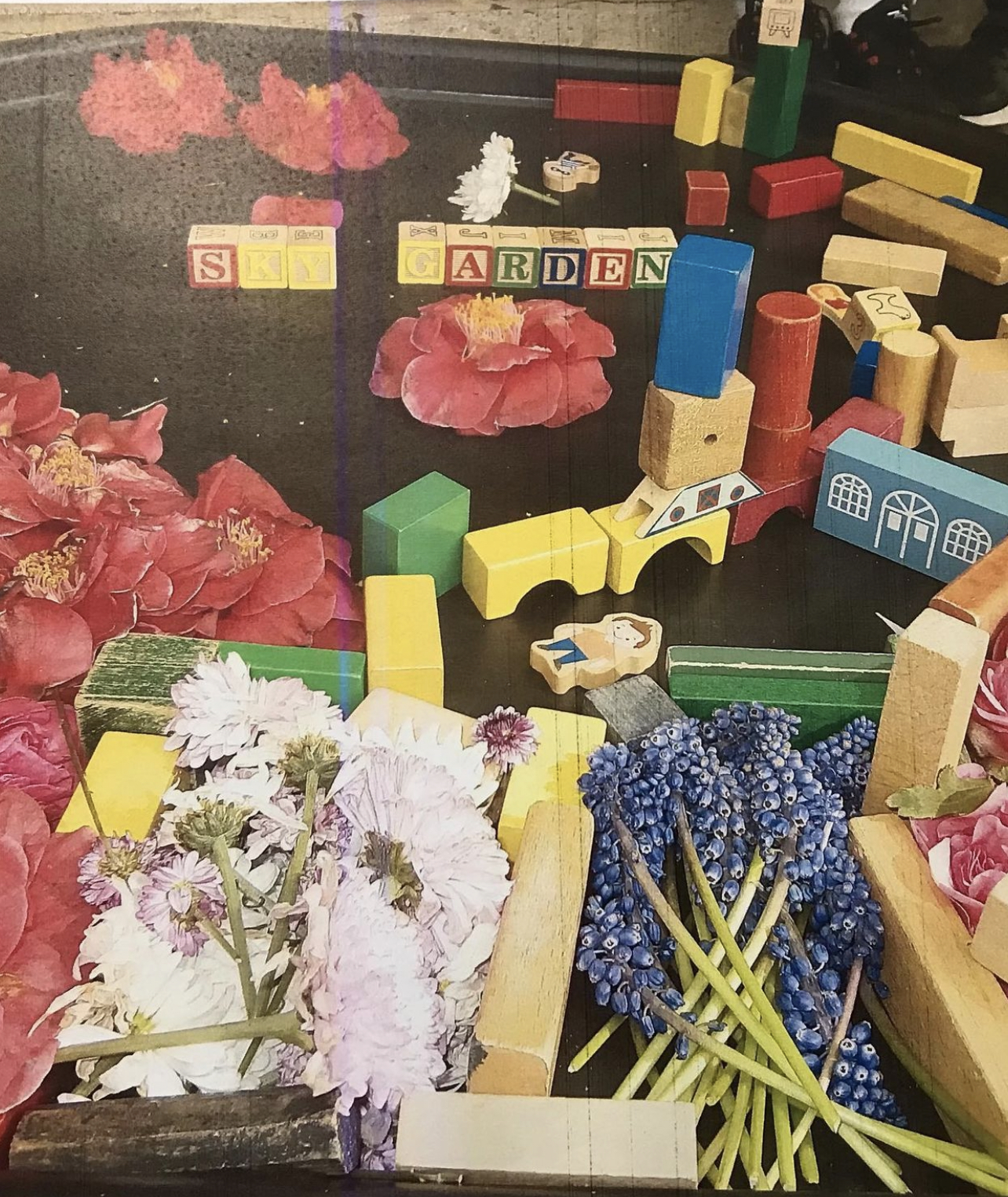
‘Nowhere does the National Curriculum specify how the children have to be taught in order to achieve the expected outcomes, yet in many schools there is a belief that the time for play is over once children start in Year 1.’ (Quirk and Pettett, 2021)
Every day our children get the chance to be a designer, an artist, a writer, a scientist, a musician, a mathematician, a storyteller, an athlete, geographer or historian.
Aims of Continuous provision
- To promote positive attitudes to learning
- To give children ownership over their learning
- To develop communication and language skills to enable them to explore and reflect on their learning and the value of their achievements
- To give opportunities to assess, manage and take risks
- To develop a responsible attitude for their learning and their environment
- To use their imagination in a purposeful context
- To learn to work effectively as an individual and as part of a team
- To maintain motivation in the face of challenge
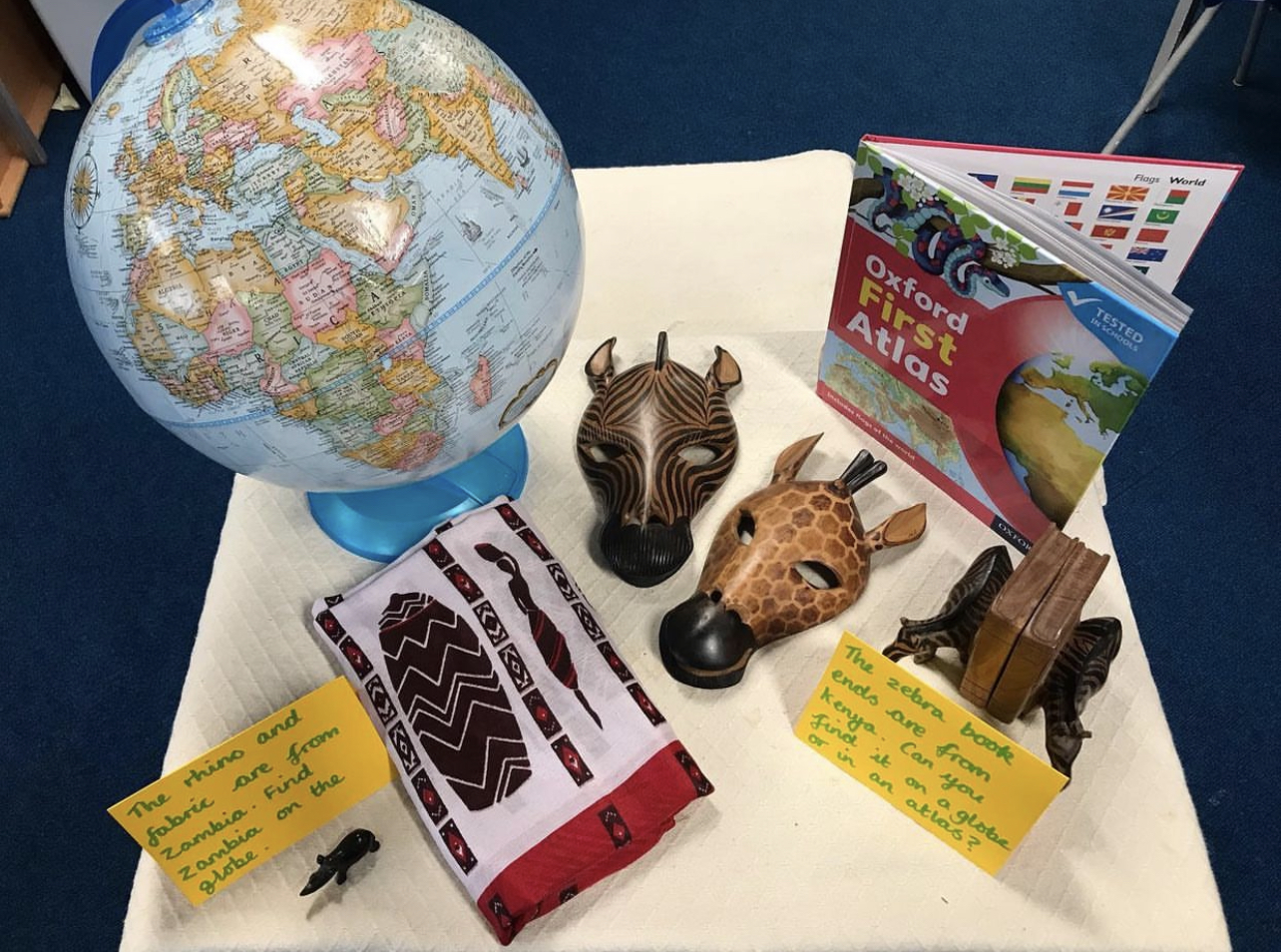
Implementation
We recognise that not all subjects can be taught through continuous provision. Some subjects need discrete teaching – these include: phonics, handwriting, English skills, maths and foundation subject teaching inputs. All these subjects, however, can be enhanced and skills can be rehearsed within continuous provision to ensure children know more and remember more. Our environment, throughout year R, 1 and 2, also promotes the characteristics of effective learning

Our environment:
The environment we provide enables children to make exceptional progress within their curriculum. The variety of areas scaffold and support the children’s learning and independence. Our inclusive classrooms are carefully designed to ensure every child is successful. The resources that are continuously available which enables children to revisit and build upon prior learning, while also gaining new knowledge and skills.

Our environments include the following areas: a reading area with carefully selected, high-quality books; a writing and mark-making area with a variety of resources; a maths area with tangible resources and equipment for children to explore and extend their mathematical understanding; a small world area where children have a wide range of open-ended resources to create their own stories and worlds; a construction area with an inspiring range of building materials; a role play area where children can express themselves and use their imagination to the fullest; and a creative area stocked with a range of tools and materials.
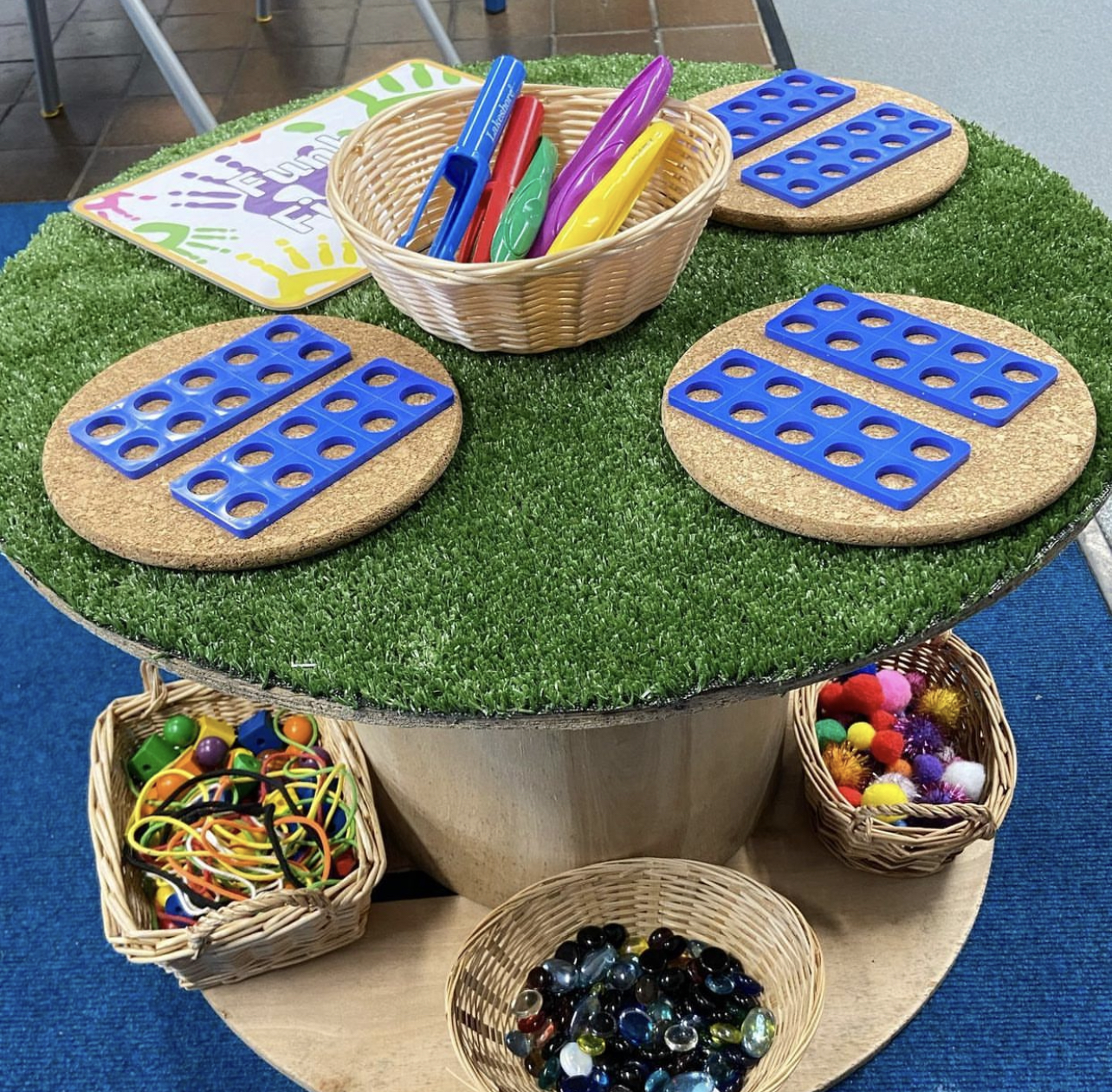
Our outdoor environment, accessed all year round, is an extension of the classroom which provides further opportunities for children to become problem solvers, work within a team, build their resilience and develop gross motor skills.
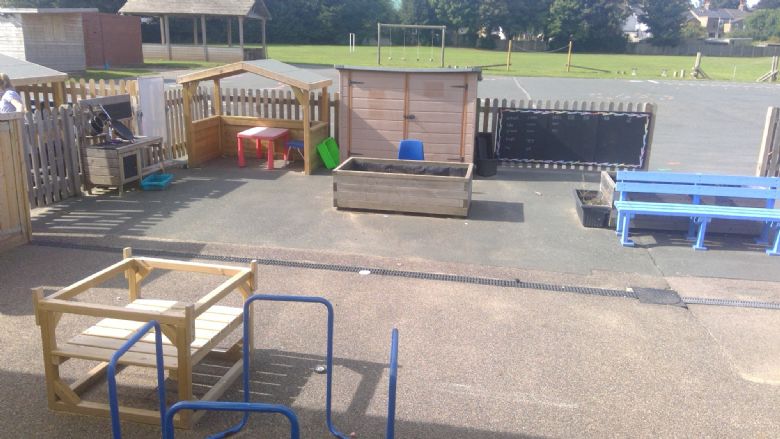
Role of the adult
All adults engage in high quality discussions and question children to enhance, challenge and scaffold learning during continuous provision. They are actively involved in activities making the best use of the environment. They understand the expectations of the curriculum and how to use the environment to teach and embed these. Adults will observe, assess and share successes and next steps for all children. All adults are aware of individuals needs and cater their support to enable them to succeed.
Transitions
- Nursery – year R
The EY lead liaises throughout term 5 and 6 with local nurseries to share data and information about the new intake. A variety of techniques including home school visits and stay and play sessions are used to enable children to become familiar with their new classrooms, adults and routines.
- Year R – Year 1 and Year 1 – Year 2
Although there is a change of curriculum from year R to 1, we believe that the use of continuous provision makes this transition less of a barrier for children. The classroom set up, rules and routines are similar. The children take part in a transition morning in July where they are taught in their new classroom with new members of staff. Class teachers also liaise with previous teachers to gain insights into children’s family situations, backgrounds and where any other important information is shared, eg, medical information. Teachers may attend a couple of sessions with their new class but in their old room to read stories etc.
- Year 2 – 3
We believe that by the end of KS1 we will have developed children who are resilient and confident. The children spend time in their new classroom with their new staff in July. Teachers also adapt the curriculum where appropriate to ensure an enquiry led style of teaching. They also utilise the outdoor spaces to improve engagement and support for all.
Impact
Children will leave KS1 with a solid foundation of skills and knowledge needed to continue their learning successfully and will have embedded all of our school values. Children will communicate with confidence when sharing and extending their thinking. Our child-led approach will create curious thinkers who show enthusiasm, resilience and motivation when learning on their own and with others. Through effective planning our trust values of inspiration, innovation and inclusion are embedded in day-to-day practise.
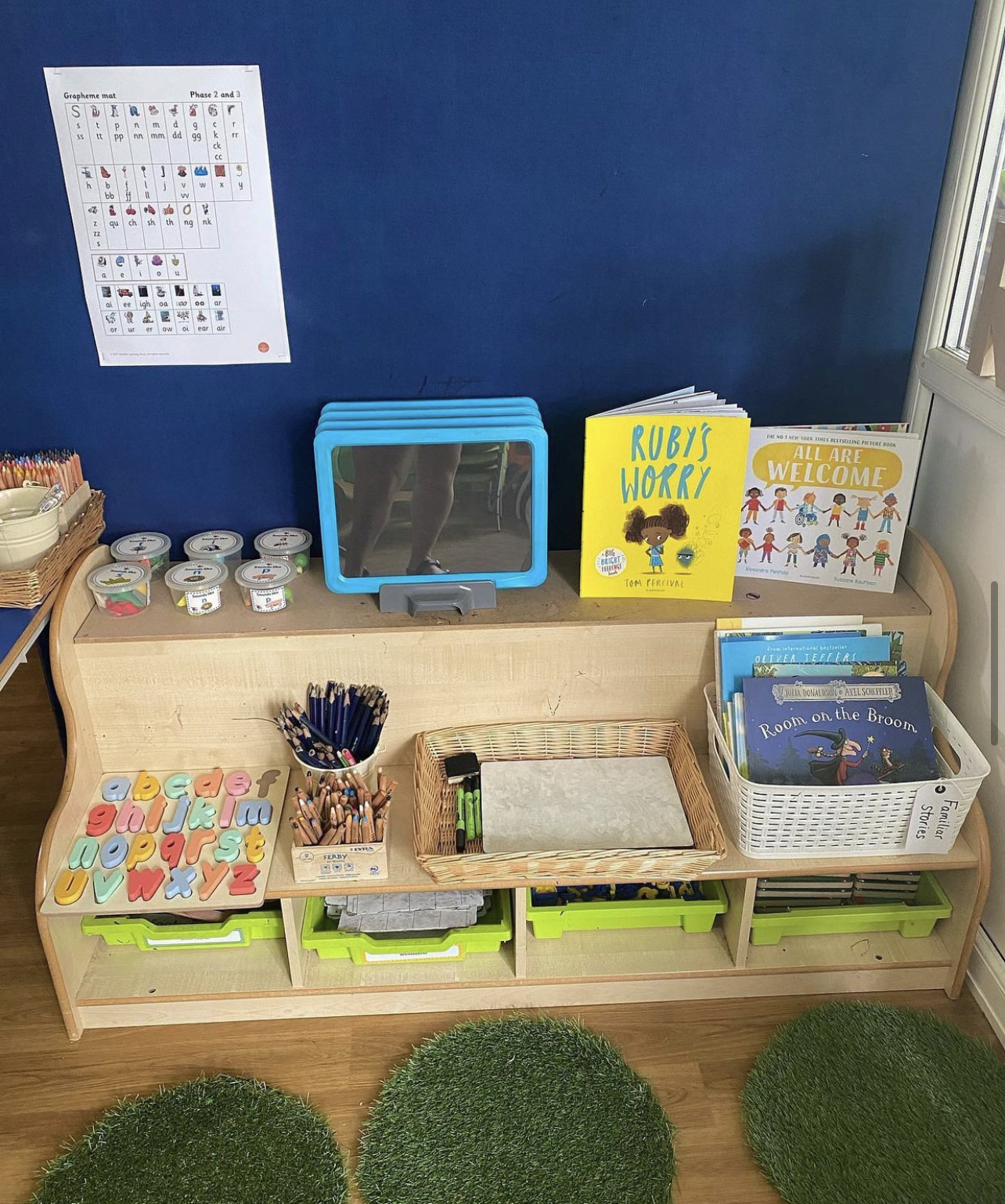
Suggestions of further reading:
Botrill, Greg – 2018 – Can I go and play now?
Botrill, Greg – 2020 - School and the Magic of Children
Bryce-Clegg, Alistair - 2017 – Effective Transition into Year 1
https://earlyexcellence.com/ blogs and podcasts linked to continuous provision in EY and KS1
Fisher, Julie – 2016 - Interacting or Interfering? Improving interactions in the early years
Fisher, Julie – 2020 – Moving onto Key Stage 1: Improving Transition into Primary School

